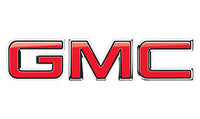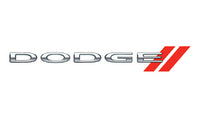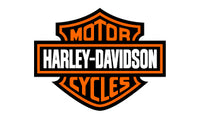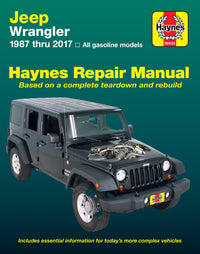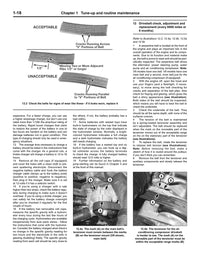Drum brakes have been around on cars almost forever, and are an item that you can repair yourself if you're happy to be a little more 'hands on' than most.
IMPORTANT: Never attempt any mechanical work on your car or truck unless you know what you're doing. Make sure you have an experienced assistant nearby, and if in doubt, leave it to the professionals!
Why drum brakes?
The days of drum brakes being used on the front end of cars are gone; all cars sold in United States use disc brakes for the front wheels, because about 70-80% of the vehicle’s stopping power is done by the front wheels.
Even so, the drum brake is still used on the rear axle of some of today’s vehicles, albeit fewer vehicles every year. One of the reasons of doing this is because the parking brake can be located inside the rear drum brakes whereas it is more expensive to include a parking brake on a rear disc brake.
Drum brake advantages
Brake shoes today are still being used. Here are some advantages that drum brakes have over disc brakes:
- Drum brakes can provide more braking force than an equal diameter disc brake.
- Drum brakes last longer because drum brakes have increased friction contact area than a disc.
- Drum brakes are cheaper to manufacture than disc brakes.
- Rear drum brakes generate lower heat.
- Drum brakes have a built-in self energizing effect that requires less input force (such as hydraulic pressure
- Wheel cylinders are simpler to recondition than disc brake calipers.
- Brake shoes can be remanufactured for future use.
- Drums have slightly lower frequency of maintenance due to better corrosion resistance.
Drum brake disadvantages
- Excessive heating can happen due to heavy braking, which then can cause the drum to distort, and thus cause vibration under braking.
- Under hard braking, the diameter of the drum increases slightly due to thermal expansion, the driver must press the brake pedal farther.
- Brake shoes can overheat to the point where they become glazed.
- Excessive brake drum heating can cause the brake fluid to vaporise.
- Grab is the opposite of fade: when the pad friction goes up, the self-assisting nature of the brakes causes application force to go up. If the pad friction is enough, the brake will stay engaged due to self-application, even when the external application force is released.
- Another disadvantage of drum brakes is their relative complexity.
- Maintenance of drum brakes is more time-consuming, compared to disc brakes.

Brake Hardware
It is highly recommended that the vehicle’s drum brake hardware be changed along with every brake maintenance, because it plays an important role in controlling noise and allowing the new brakes to stop quietly and efficiently.
- Weirdly, some people reuse old hardware even if new hardware is included in the box. Don't. Use brand new hardware every time.
- Drum return springs (which pull the shoes away from the inside of the drums when the brakes are released) become worn, stretched or broken, which can cause the brakes to drag.
- Hold-down springs that keep the shoes against the backing plates can become corroded. If these fail, the debris can jam itself between the shoes and drum causing the brake to drag or bind.
- As the brake shoes wear, brake pedal travel would increase, so each drum has adjuster built in. However, these are susceptible to corrosion and sticking.
- Adjuster springs, help maintain tension on the adjusters, but lack of its use can allow cables to corrode and stick in place, preventing the parking brake from applying or releasing.
- Dedicated high-temperature brake lubricant should be used on the drum brake.



